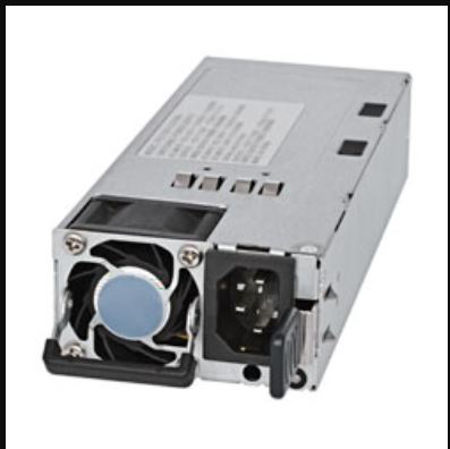Bel Power Solutions has launched a new series of CRPS (Common Redundant Power Supply) “the PEC Series, a new series of power supplies that provides platinum-level efficiency (up to 94%) for server, storage and networking applications,” ElectroPages reported.
The first models available in the series are the AC versions rated at 550W, 800W, 1300W and 1600W output power based on the CRPS standards. “More versions will follow including DC models and Titanium-certified models up to 2400W. All models provide overvoltage, overcurrent, overtemperature, overpower and short circuit protection. Standard or reverse airflow options are also available,” ElectroPages stated.
The series’s high-power density enhances the overall system efficiency and improves system reliability. With a main output of 12VDC power supply, the series supports DC-DC converters in systems using distributed power architectures, and offers a 12VDC always-on standby output for power management circuitry.
“Parallel operation with active analog current sharing eradicates the necessity for extra components when multiple units are required for very high current applications. These hot-swappable power supplies support N+1 redundant architecture,” EP noted. “The series AC-input models provide low total harmonic current distortion (iTHD). Digital control utilising the Power Management Bus protocol and a built-in I2C serial interface enables remote set-up, monitoring and control. Built-in black box recorder application continually monitors the power supply and can be employed to speed up root cause analysis in the possibility of any issues through operation”.
With support for 180-300VDC input, design engineers may select the same power supply for deployment in HVDC applications. “Typical HVDC input sources found to be powering the series include battery backup, DC generators and renewable energy”.
contact us:
 EN
EN
 English
English
 Chinese
Chinese
 Italiano
Italiano
 Portuguese
Portuguese
 Deutschland
Deutschland
 French
French
 Russian
Russian
 Japanese
Japanese
 Turkish
Turkish
 Korean
Korean
 Spanish
Spanish
 my account & orders
my account & orders

